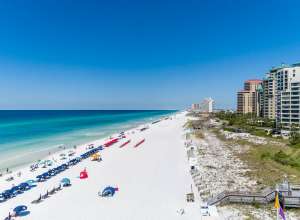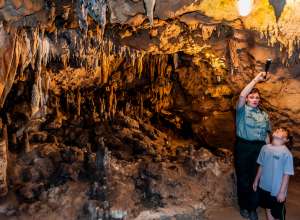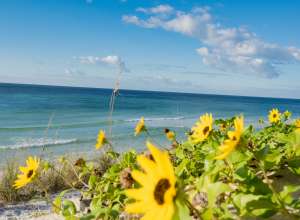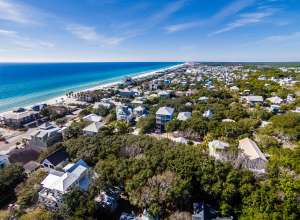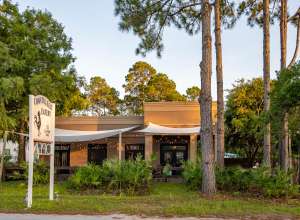Miramar Beach Access Video
May 10, 2010 by admin
Miramar Beach Access is ADA accessible, and has parking, restrooms, and lifeguards during peak season. Located on Scenic Gulf Drive next to Pompano Joe's Seafood House about two miles west of Silver Sands Outlet Stores.

